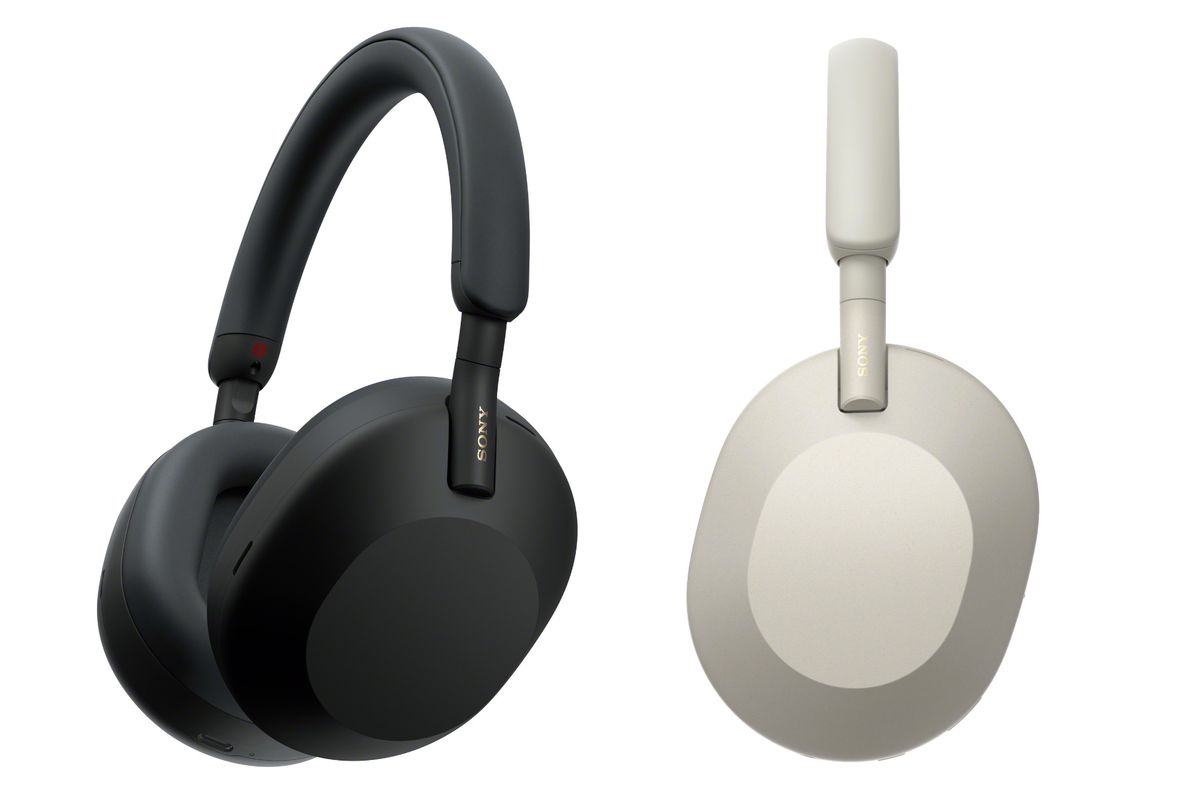With a trip close to the pre-Pandemic level, and long distance work that does not show signs of going for many people, the Active Noise Canceling (ANC) headphone is arguably more relevant than before. The arrival of the Sony WH-1000XM5, then, is a big problem, at least because its predecessor has been widely credited by setting competitive fires under Bose and, in the process, starting a new round of wireless headphones. For 2022, the latest model increases technology betting and price labels.
I am a big fan of the Sony WH-1000XM series. The fourth generation WH-1000XM4 headphone has been my choice to travel since they were launched on $ 349.99 in mid 2020; At that time they changed their third generation predecessor in my bag. Collectively they have recorded hundreds of hours of use, many of them on flights, where they are valued equally for their ANC performance such as their music abilities.
Unexpectedly, $ 399.99 WH-1000XM5 discovered the design language that Sony had used for the past few years. Instead of headbands that are quite thick with hinges and wide microphones highlighted with metal trims, Sony switches to something slightly slimmer and smoother. They have the same weight – 250 grams versus 254 grams for 1000xm4 – but they feel slimmer, while a wider ear cup bearing helps spread a slightly better weight.
My muscle memory is not challenged: Physical buttons for ANC mode and mode are still in the same place at the bottom edge of the left ear cup, while the outer surface of the right cup is still a sensitive touch pads for the blending and call control. You also get Google Assistant and Amazon Alexa Baked-in, and support for 360 Sony Audio Reality, although honestly I suspect you like me and really only care about two things. Cancellation of active noise and musical performances.
The big Sony is that the two aspects of the experience have been improved to improve this fifth generation. For the cancellation of active noise, there are now a total of eight microphones that feed two processors: Qn1 used in old headphones, joining an integrated V1 processor that debuted on the wireless wirebud wf-1000xm4. In particular, said Sony, the voices of the middle to high frequency must be better to be overthrown, helping with things like traffic and speech background.
To be honest, if the benefits of the 1000xM4 headphone do not make you leave, it is more to the large performance than the old model. This is smooth, but a very little his hiss in ANC mode from the last gene headphone is lost: difficult to describe, but wearing the WF-1000XM5 feels like the absence of the actual sound, rather than realizing that they are electronically removed. Coffee shop chat seems a little more docile than before, and Sony also makes the optimization process automatic. Previously, you must start manually to accommodate things like changes in cabin air pressure and whether you wear glasses that can affect the suitability of your head. Now, headphones adjust.
As we have seen before, there is a transparency mode that channels ambient sounds so as not to make you fully isolated. Sounds a little less artificial than the old version. Touch-to-conversation mode and “talking to chat” is also supported by ANC and transparency depends on if you touch the right ear cup or start talking-even though I still find the last one a little awkward in practice. People just think you are rude.
Smaller drivers, broader sounds
For music, Sony’s claim is that a smaller 30mm driver makes a bigger control. That is especially when it comes to high frequencies, along with drawing details from the recording. Even when used with an iPhone, which does not have high quality LDAC codec support that can be utilized by Android users, there is a real increase in clarity and balance.

